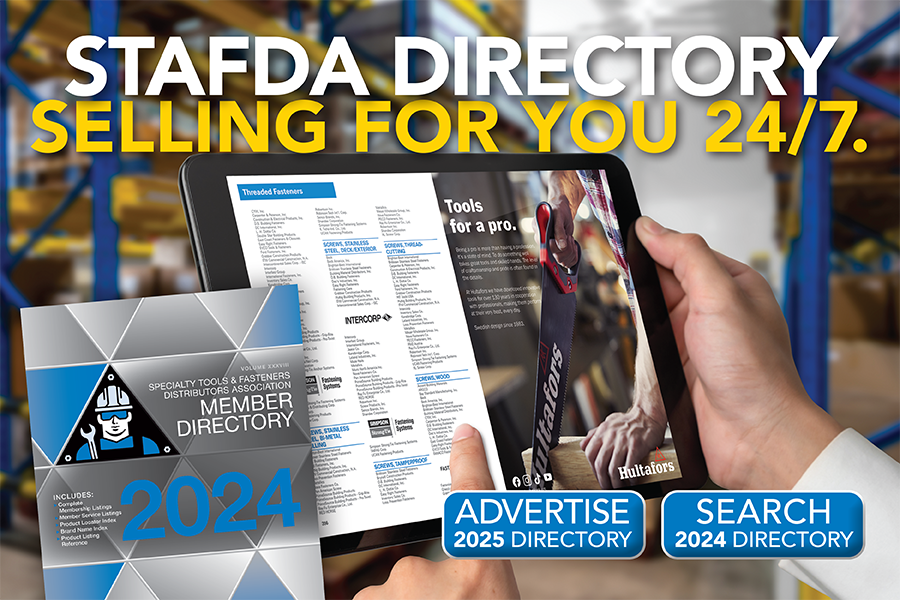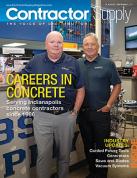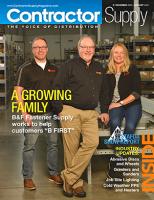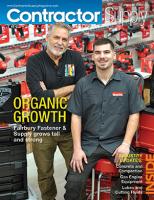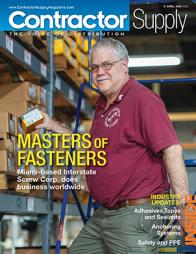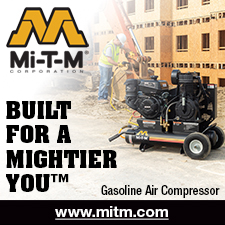Exclusive: Earth Anchors Keep Structures Grounded
Anchors ensure the safety and stability of portable temporary structures.
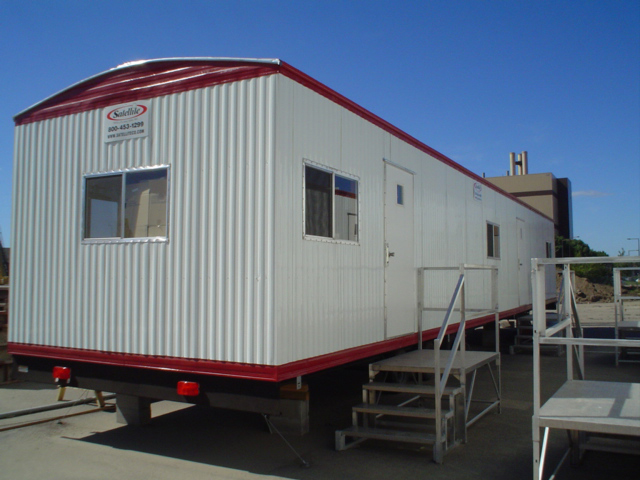 |
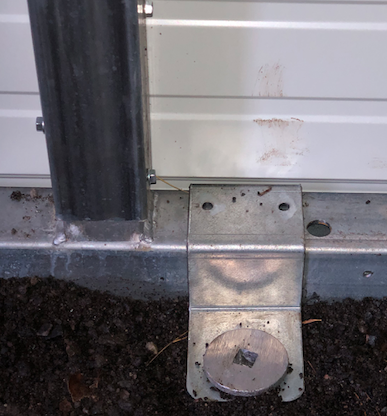 |
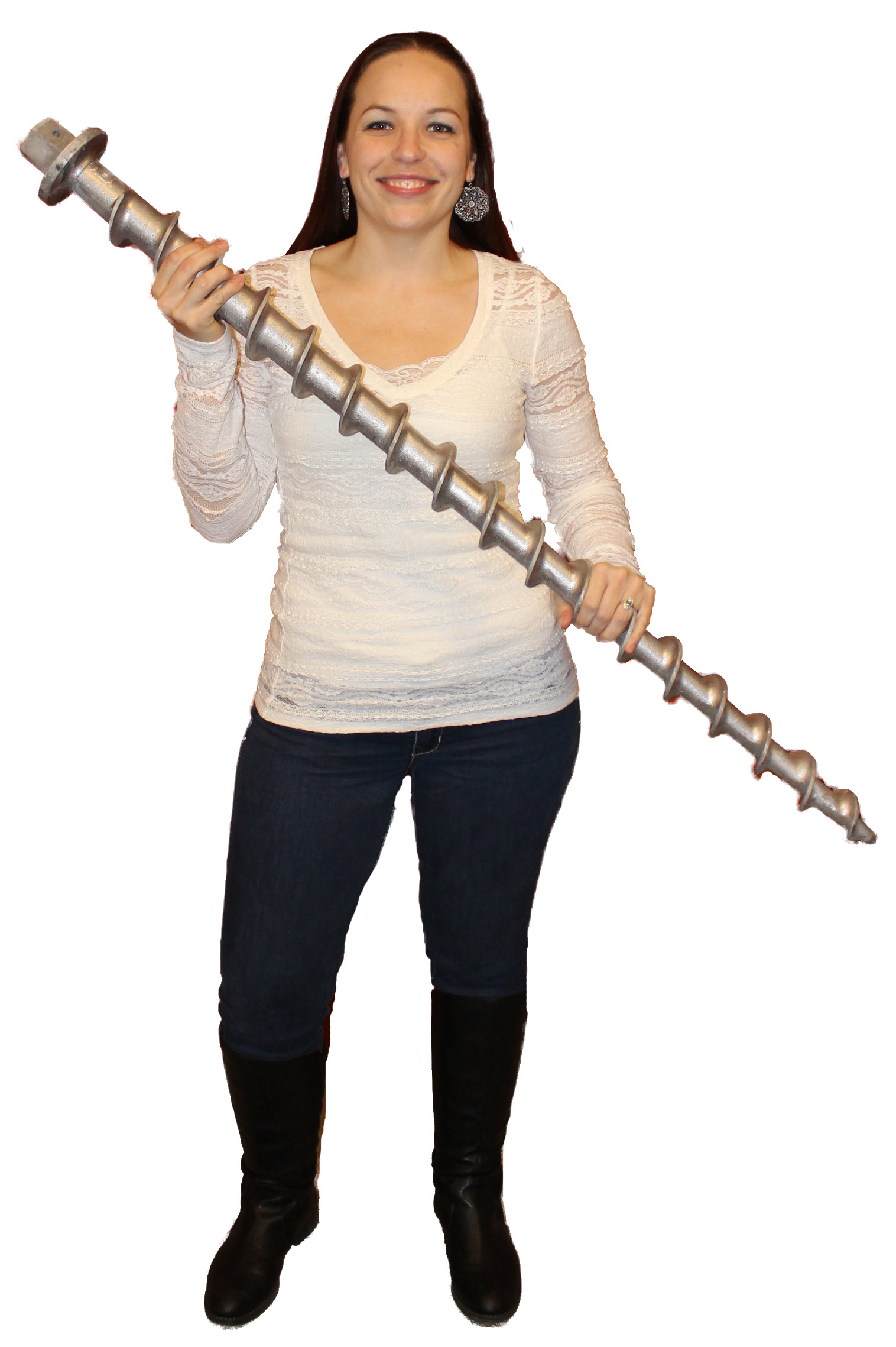 |
Many industries utilize portable, modular, or temporary structures or buildings due to the speed, flexibility, and cost-effectiveness advantages offered by this approach over permanent facilities.
The construction industry, educational institutions, the events and entertainment industry, logistics/warehousing, military/defense, and emergency/disaster relief all utilize modular buildings as portable offices, classrooms, housing, storage, and shelters.
There are many reasons why these structures need to be secured to the ground and stabilized including:
- Protecting occupants, workers, and visitors from accidents due to unstable structures
- Preventing liability, tipping, shifting, or structural collapse during strong winds or storms
- Securing buildings to the ground to enhance structural stability, especially in areas prone to seismic activity or soil erosion
- Meeting building code, public safety, or insurance requirements.
The technology or methodology utilized to secure a structure can take many forms. It can be as basic as using concrete blocks or ballasts placed on the corners or along the perimeter of a building to provide weight and stability. More sophisticated solutions may use foundation systems that include footings, piers, or concrete slabs to provide a stable base for the building.
An increasingly popular and economic solution to this issue is earth anchors. These heavy-duty aluminum anchors are driven or screwed into the ground and attached to structures using cables, straps, or brackets. The anchors can be easily installed into sand, soil, hardpan, asphalt, and even underwater.
Securing Metal Buildings
Koehn Building Systems, a member of the Metal Building Contractors & Erectors Association (MBCEA), works with building owners, facility managers, and qualified architects to design and erect pre-engineered metal buildings throughout Missouri and surrounding states.
According to Jerel Koehn, Co-Founder of Koehn Building Systems, the company recently began using earth anchors, specifically Penetrators from Rhode Island-based American Earth Anchors (AEA), as temporary bracing guide anchors for pre-engineered metal buildings during construction.
AEA’s Penetrators are screw anchors made of heat-treated 356 aluminum that can be installed with a portable impact wrench, machine PTO drive fitted with a suitable tool, or the company’s manual ratcheting T-Handle. The screw anchors are available in lengths from 9” to 46” and can provide 2,500 to 14,000 lbs. of holding power in asphalt or hard pan soil.
According to Koehn, pre-engineered metal buildings can be utilized as warehouses, distribution centers, industrial facilities, auto dealerships, airplane hangars, offices, gyms, churches, and living quarters.
The benefits of pre-engineered metal buildings include the speed of acquisition (being mostly off-the-shelf standard parts) and the rapidity of erection. These attributes save construction time (and cost) and speed occupancy. Due to the inherent strength of metal buildings and their built-in support structure, their clear span can far exceed wood framed buildings.
In addition, pre-engineered metal buildings tend to have longer life spans than traditional wooden structures since they do not age as quickly from damaging elements such as weather and termite damage.
Koehn Building Systems serves as both designer and erector of these structures. Customizable in almost any size or configuration, the pre-engineered metal buildings arrive with all the component parts, including permanent bracing that is used in the walls and roof for support, and to plumb the structures.
Koehn was concerned about strong winds that might possibly rise to 35 mph or higher during a storm, given that the structure’s permanent bracing is not designed to withstand high wind conditions when unsheeted. Koehn Building Systems holds an AC478 accreditation, administered by the International Accreditation Service, that includes standards and guidelines for maintaining safe work practices.
With these concerns at top of mind, Koehn began searching for a solution to secure the structure temporarily, prior to sheeting. Koehn initially learned about Earth Anchors in a publication of the Metal Buildings Institute that addressed temporary bracing of metal buildings. He also attended an industry conference where earth anchors, and specifically the Penetrator screw anchors, were discussed.
Although earth anchors are not mandated by building codes or regulations for pre-engineered metal buildings, after his personal research Koehn was convinced that AEA's anchors offered a superior solution. The company now utilizes 46-inch Penetrators as temporary bracing for metal buildings. The number of anchors required varies, and each is installed strategically to support end walls with vertical columns using guy-wires.
“The earth anchors definitely give me peace of mind. When I install the 46-inch long Penetrators, we can drive them into the ground and attach them with a cable. I can walk away from the project and feel totally safe and secure that we have done everything we can to prepare for any type of weather,” says Koehn.
Koehn considers the affordable earth anchors a “cheap insurance” against strong wind.
An Earth Anchor for Every Structural Grounding Need
Although Koehn Building Systems uses the Penetrators, there are other types of earth anchors. Selecting an optimal anchor for a temporary structure requires matching the anchor to the nature of the project and configuration of the structure, the type and characteristics of the ground, and the anticipated loads (principally wind in most cases). Key considerations include the class of soil and the project’s load capacity requirements (e.g. Factor Safety to be applied to the maximum anticipated load). Calculating the required load capacity involves many factors.
“When considering load capacity, you need to consider the soil’s real-time moisture content and compaction. In addition, you need to review the earth anchor’s root penetration, installation method, pullout load angle, and any other factors that may be unique to the installation’s particular time and place,” says Cy Henry, President of AEA.
According to Henry, besides screw anchors, other earth anchor options include bullet anchors and arrowhead anchors, which are installed using a drive rod.
Bullet anchors, named for their bullet shape, are ideal for holding in tough soil such as hard clay, gravel, or soil intermixed with roots. An anchor is connected to a galvanized steel aircraft cable (typically available in 36, 60 and 120” lengths, but customizable) that attaches to the structure.
Similarly, arrowhead anchors offer superior holding in hard, compact, and rocky soil. Once in the earth, the anchor twists like a toggle bolt and will not release from the ground without cutting the cable or digging it out. The arrowheads come in 4, 6, 8, and 10-inch sizes with 48, 60, 72, and 120-inch galvanized steel aircraft cable as standard. Custom cable lengths and stainless cable are available for special order.
“Arrowhead anchors are a great solution for softer and sandier soils. These anchors have more surface area in the ground when they flip around,” says Henry.
Grounded in Safety
Whether the environment is commercial, residential, or military, the need to ensure that the structure is completely secured to the ground is paramount to the safety of everyone who uses it.
“Building codes and regulations often mandate anchoring for temporary and modular structures. If you fail to secure a structure properly, it can result in code violations, occupant safety risks, and valuable equipment and inventory losses, as well as property owner-operator legal liabilities,” says Henry.
The popularity of portable structures continues to grow across virtually all sectors. Although the need for a structure in a particular location may be temporary, there can be no compromising on how well it is secured to the ground.
While portability, ease of installation, and cost effectiveness may be the foundation of temporary storage structures’ popularity, earth anchors matched to the specific conditions of use will help to ensure that the structures remain securely and safely grounded.
For more information: call 866-520-8511; visit amercanearthanchors.com or write to American Earth Anchors at 313 Pond Street, Woonsocket, RI 02895.




